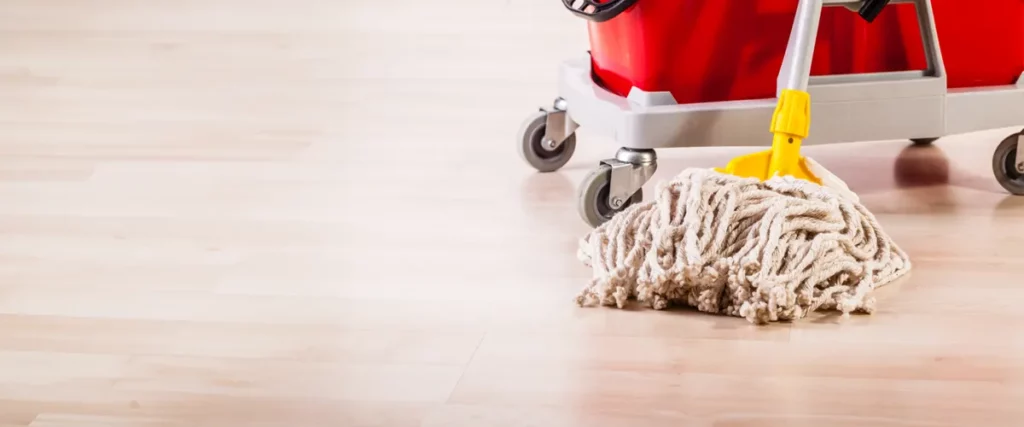When disaster strikes in the form of a flood, dealing with water damage can be an overwhelming and stressful experience. Your property can suffer significant harm, from structural issues to ruined belongings. However, with the right water damage service and a clear plan in place, you can effectively recover from a flood and restore your home to its former state. In this comprehensive guide, we present you with invaluable insights and practical tips to navigate the aftermath of a flood and undertake successful water damage cleanup.

Assess the Extent of the Damage
The first step in recovering from water damage is to assess the extent of the destruction. Thoroughly inspect your property, from the foundation to the roof, to identify areas that have been affected. Make a list of damaged items, noting down everything that needs attention. This assessment will help you prioritize tasks and communicate effectively with water damage cleanup professionals.

Safety First: Ensure a Secure Environment
Before you embark on any cleanup activities, prioritize safety. Ensure that the power supply to your property is turned off to prevent electrical hazards. Wear appropriate personal protective equipment (PPE), including gloves, masks, and boots, to safeguard yourself from potential contaminants present in floodwater.
Begin the Cleanup Process

1. Remove Standing Water
The next crucial step is to eliminate any standing water from your property. Use pumps, wet/dry vacuums, or buckets to remove excess water. The longer water sits, the more damage it can cause, so prompt action is vital.

2. Dry and Dehumidify
After removing standing water, focus on drying out the affected areas. Open windows and doors to encourage air circulation, and use dehumidifiers to reduce moisture levels. Mold growth can be a major concern if areas are not adequately dried.

3. Salvage and Discard
Inspect your belongings to determine what can be salvaged and what needs to be discarded. Porous materials like carpets and upholstery can trap moisture and foster mold growth, so they need to be replaced. Non-porous items can usually be cleaned and sanitized.

4. Disinfect and Sanitize
Floodwater can carry harmful pathogens and contaminants. Thoroughly clean and disinfect all surfaces, including walls, floors, and furniture. This step is crucial to ensure a safe living environment after the flood.

Seek Professional Assistance
While minor water damage cleanup can be done independently, seeking professional help for extensive damage is recommended. Water damage services in Olathe have the expertise and equipment to assess and restore your property correctly. They can also provide guidance on insurance claims, which can be complex.

Prevent Future Water Damage
Once your property is restored, take proactive measures to prevent future water damage:
- Regularly inspect and maintain your property’s foundation, roof, and gutters.
- Install sump pumps and consider a waterproofing system for your basement.
- Elevate electrical systems and appliances above potential flood levels.
Recovering from water damage after a flood is challenging, but with the right approach and assistance, it’s possible to restore your property and move forward. Safety comes first, so take all necessary precautions when dealing with flood damage. Whether you opt for a DIY approach or seek professional help, addressing water damage promptly is critical to minimizing its long-term effects. Services such as water damage cleanup in Olathe are vital in mending water damage and future headaches.
In conclusion, water damage is a severe issue that requires swift action and careful consideration. Following these comprehensive tips, you can recover from a flood and restore your property to its former glory. Remember, safety is paramount, so always prioritize the well-being of yourself and your loved ones during the cleanup process.








